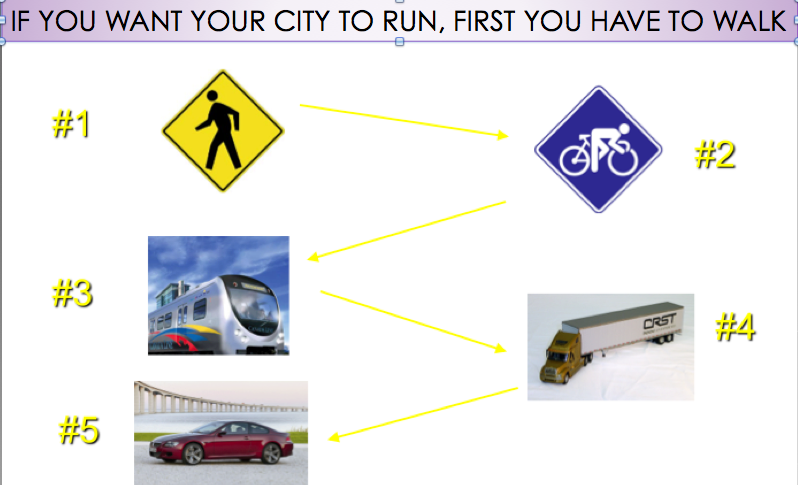Oslo Urban Arena attracted more than 700 participants from Scandinavia. More than 50 speakers participated in a 48 hour intense shared space-event. Here is the conclusions from the Oslo jury.
- Welcome to Girlville
The future is all about women and cities according to the swedich professor Kjell A. Nordström. Or you might say it´s all about feminized cities. The new world order will not consist of nation states and superpowers fighting with each other as male gorillas, but of an intertwined network of 600 collaborating world cities. The woman rule the cities in two definitions. While many men still choose to live in the ”junk space” surrounding the cities, women flock to the cities, and here´s the important lesson to be learnt. They educate. Higher education in the world is becoming increasingly womanized.
- The Real Estate Industry must marry the innovation economy
This is the conclution of a new report made by Urban Land Institute launched during Oslo Urban Arena. Cities must transform themselves to become organic growth machines producing new jobs. Cities used to focus on being service providers and welfare producers. Now they must balance their focus to value adding. When the industry moves, it has to be replaced by a vital startup-scene aiming at producing unicorns – new tech companies with a revenue of more than one billion dollar. In order to succeed the real estate industry must not only emphasize innovation in their own industry, but also create a work environment for the new economy. They have the dollars, they have the buildings, and the startups have the content. Building is not as much about erecting buildings, it´s about creating workable communities.
- Tear down the silos
This message appeared first as a blog post at Planetizen by our keynote-speaker Brent Toderian and have stirred up the City Hall in Oslo. Brent asks: Does your local city hall have shared definitions of success? According to Brent many municipal leaders, seeking to fix the problem and create a shared definition of success, like to quote the famous story of the NASA janitor being asked by President Kennedy what their job was, and the janitor giving the answer “I’m helping to put a man on the moon.” That kind of culture of common success starts at the top and flows down—with the leadership, vision, inspiration, and constant communication connecting every task and role with the big picture goals. It is also worthy to separate the need for reorganization of City Hall, and creating a common culture by tearing down the silos. What does it help to reorganize if it only creates new silos? If cities want to succeed in creating a multidiciplinary, holistic perspective on city-making, every employee inside the City Hall must share the common vision.
- The city is the brand
As cities compete to attract talents, companies and investment, many cities have branded themselves as either the most creative city in the world, the smartest or the most liveable. In many occasions cities develop slogans to go with the message. But as brandexpert Martin Boisen said: No one has ever moved to a city due to a logo. Action speaks louder than logos. Branding cities can actually be helpful. The world is a stage, and your city has a role to play. The first message is to avoid being a copy cat and focus on your own uniqeness. It is also just as important to involve a larger community to make branding work. It takes a village to brand a place. Equally important is to have strong leadership communicating the message. Strong leaders can rock the boat.
5. Urban planning must be messy
Too many urban planners see themselves as the rightful heir to the throne that Hausmann created for himself in Paris during the reign of Napoelon. Many cities experience a paradigmatic shift in planning going from technocratic to incremental. It´s about the science of muddling through. Prof. Greg Clark stressed that one of the key components of Londons´ rise to world city-status was messy planning. Developers, urban planning authorities and local residents all play a vital part of the planning game. Instead of imposing height restrictions, the planning authorities must ask the residents what they will have in change for loosing their private view. Getting a children´s playground in walking distance is much more appreciated than the private view.
- If you want your city to run, first you have to walk
The car is under a dramatic attack due to climate change. Ban the car-activists want to park the car for good and ban them in the city centre. Brent Toderian stressed that his message – and a vital part of what has become known as vancouverism – was not anti-car, but prioritizing walk- and bikeability. If your city succeed in creating a walkable downtown, then even those who must use the car, will not be stuck in a traffic jam. This is a multi-modal transport planning that mirrors the need of a multitude of desires.
- The grandma is in the details
The Norwegian born, but Copenhagen-residenzing architect Lin Skaufel focused on how cities welcome and encourage their inhabitants. This message can be split at least in two. Does the City welcome initiatives or is it just noise disturbing the city officials in their daily routines? And the grandma is in the details. If you wander or stroll in the city, do you experience a lot of urban gravy, or do you see small token of carefully designed devices designed to your pleasure? If you visit Copenhagen´s official Facebookpage the profile picture is a underarm with a large tattoo of Copenhagens city logo. Not a picture of a tourist destination. That resembles a confident city with a big heart. Like a grandma.



